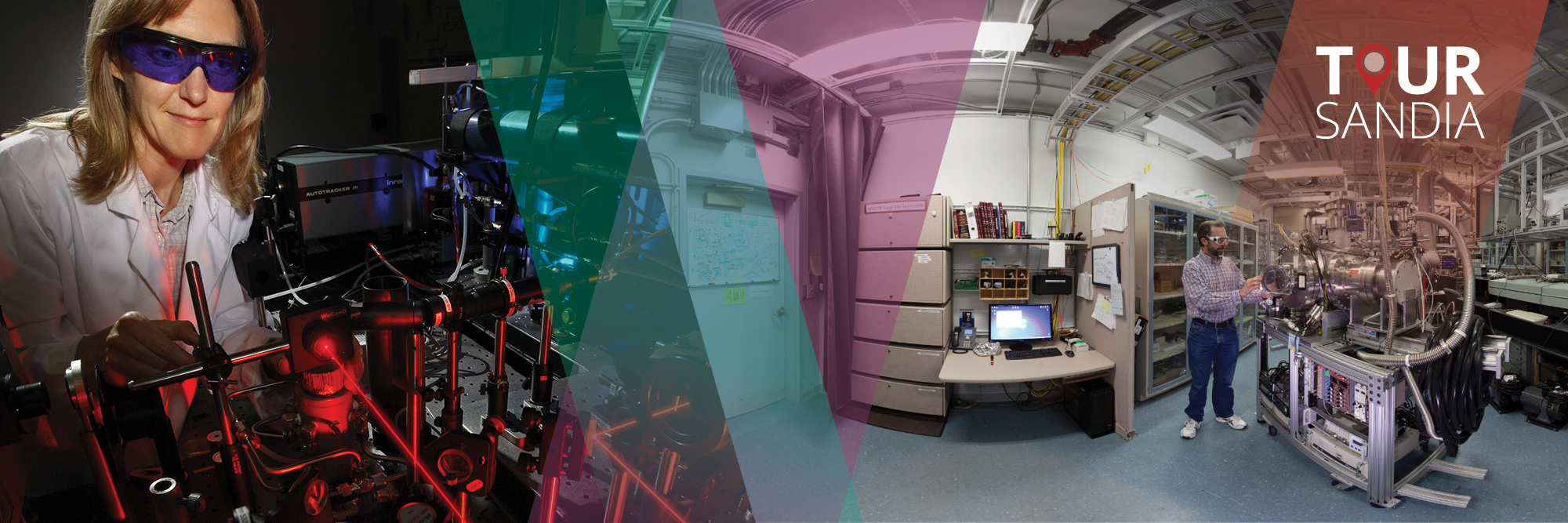Overview
The Combustion Research Facility (CRF) is a world-recognized leader in combustion science and technology. CRF research is premised on the need for a fundamental and complete understanding of combustion and its related processes in order to better use and control them. The four-building CRF complex houses state-of-the-art technology devoted to basic and applied research. Studies focus on everything from chemical reactions in a flame to laser diagnostics for combustion-science research.
Designed as a national center for combustion studies, the CRF opened in 1980 as one of Sandia's earliest user facilities and a significant portion of its research is done in collaboration with non-SNL scientists. The facility is available to visitors from industry, universities, and other labs to conduct combustion experiments or modeling. While collaborative investigations that lead to openly published results are encouraged, proprietary research is also supported.
Collaborations are often long-lived. For example, CRF researchers have partnered with U.S. engine manufacturers for more than 30 years in studies to increase the understanding of internal combustion engine processes. Most of this research focuses on improving efficiency and reducing emissions with ever more sophisticated techniques and research hardware deployed to develop high-efficiency, clean engines.
